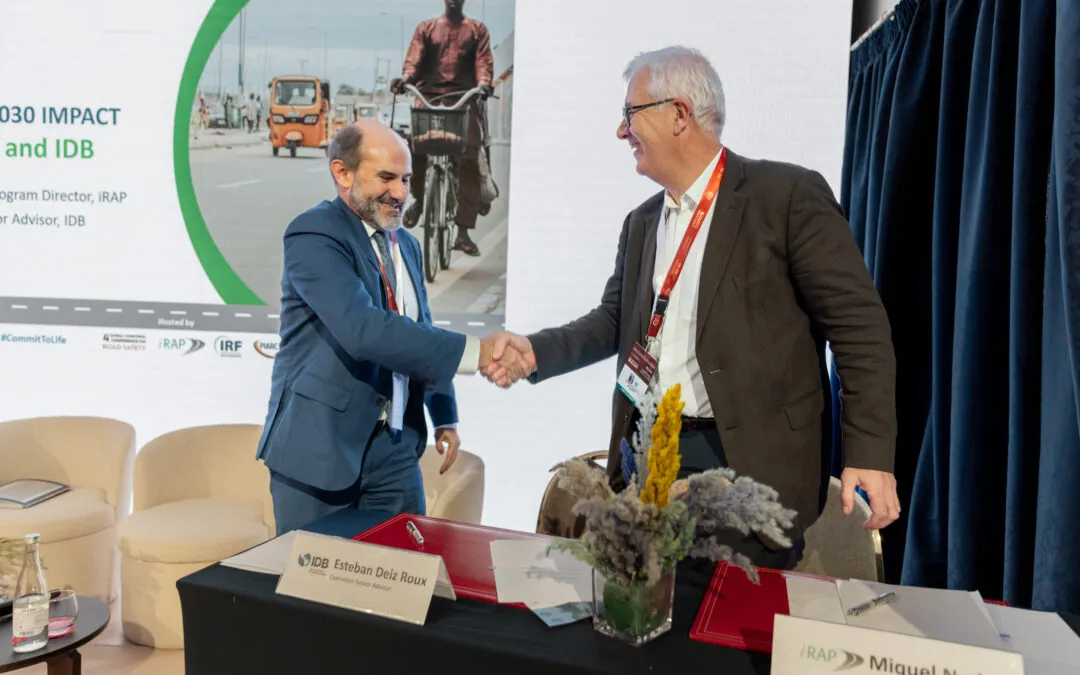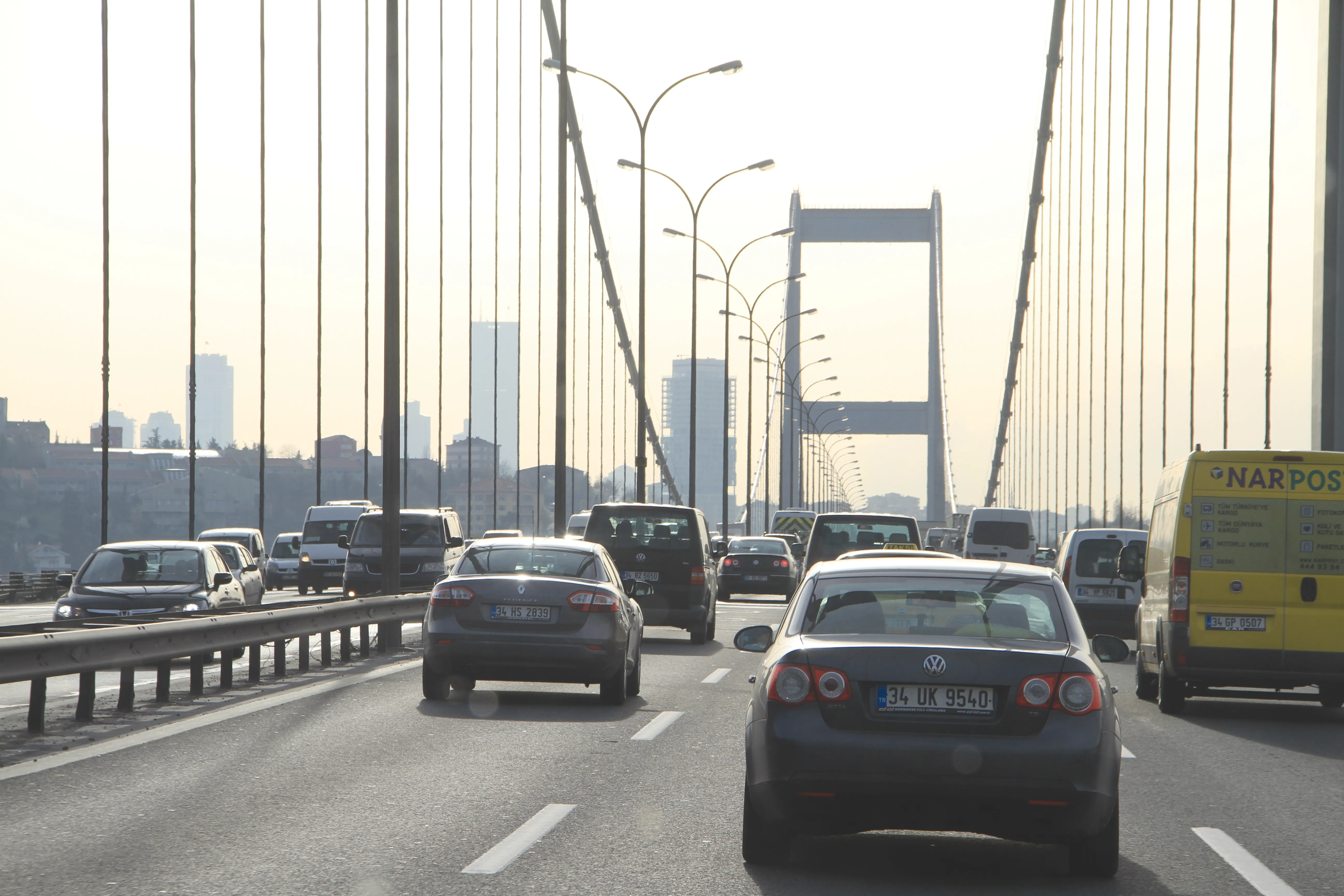The Australian Government is allocating additional funding to renew its infrastructure and to improve transport in the major cities work in its 2011-12 budget.
February 29, 2012
Read time: 4 mins
The Australian Government is allocating additional funding to renew its infrastructure and to improve transport in the major cities work in its 2011-12 budget. This represents a massive increase in spending on infrastructure and unprecedented investment into upgrading roads and other transport connections.
The official statement from the Australian Government reveals eye-opening investment in infrastructure, with a realisation amongst the country's politicians that this will be a major factor in its continued economic development. Australia's economy relies heavily on its mining industry and the transport investment will help boost links to and from the many sites, as well as using revenues to improve connections in urban areas.
The 2011-12 budget allocates US$1.036 billion (A$954.3 million) in new funding and accelerated investment for the Nation Building Programme, in addition to $428.2 (A$394.4 million) for projects under the Regional Infrastructure Fund. In the coming financial year, Australia will provide unprecedented levels of annual funding of $7.6 billion ($7 billion) to progress a long list of large and smaller scale projects. The Australian Government's huge capital works programme now comprises over 120 major road projects (as well as 32 major rail and six urban public transport projects). This budget has also been designed with new reforms to make investing in public infrastructure more attractive to private capital. The country has a relatively small but largely urbanised population spread across a vast continent and much of its natural wealth is located in remote areas. As a result, Australia has historically relied heavily on its transport infrastructure to drive its economic development. With the population continuing to grow, the resources boom resuming and freight volumes predicted to double by 2030, that reliance is likely to continue.
A key policy is to ensure that the roads become safer and less congested and Australia's Government is rolling out the biggest road construction programme since the creation of the national network almost 40 years ago. The roads budget has been almost doubled, with three quarters of the funding earmarked for projects in Regional Australia.
The 2011-12 budget goes further still, increasing investment in the Australia's highways and major arteries to some $30.4 billion (A$28 billion) over the six year life of the existing Nation Building Programme. The funding will be used to accelerate the widening of the Pacific Highway; undertake the Mackay Ring Road Study; undertake the Scone Level Crossing Study; complete the remaining section of the Townsville Ring Road; upgrade of the intersection between the Bruce and Capricorn Highways; build the Gladstone Port Access Road; construct a new interchange along the Warrego Highway at Blacksoils; upgrade the Peak Downs Highway; invest in the Western Australian Government's 'WA Gateway' project to upgrade the road network around Perth Airport. Of over 120 major roads projects scheduled to be delivered by the end of the existing programme in 2013-14, 46 are already completed and 63 are currently under construction.
Australia is also continuing a range of initiatives to make its roads safer. Some $80.9 million is (A$74.5 million) being invested to eliminate 292 dangerous black spots on local roads. A further $30.4 million (A$28 million) will be used to build new facilities for truck drivers. The 2011-12 budget will preserve the funding that goes to the nation's 565 councils and shires to assist in maintaining and upgrading local roads. Over the coming 12 months these local authorities will share in $1.086 billion (A$1 billion). A huge investment is being made in urban public transport with $7.9 billion (A$7.3 billion) being spent in Brisbane, Sydney Perth, Adelaide, Melbourne and the Gold Coast.
The Gillard Government will reinvest $6 billion of the income from natural resources back into building new transport infrastructure to support the mining industry's future growth. Subject to the passage of the necessary legislation, a proportion of the revenue raised by the proposed Minerals Resource Rent Tax (MRRT) will go into the new Regional Infrastructure Fund and be used to deliver projects assessed by Infrastructure Australia. In the meantime, the 2011-12 budget allocates funds already in the Fund to a number of important projects which can start straight away as part of the existing Nation Building Program, supplementing the record $23.9 billion (A$22 billion) investment already being made in Regional Australia. Even with new sources of revenue, modernising Australia's infrastructure will be a task too big for government funding. It will require greater involvement from the private sector, most notably superannuation funds.
The 2011-12 Budget puts in place new tax measures to attract up to $27.2 billion (A$25 billion) of additional private investment in nationally significant projects identified on Infrastructure Australia's National Priority List. Given the important role it will play in directing such a significant level of new investment, as well as the ongoing budgetary decisions of government, the budget also increases funding for Infrastructure Australia by around 40%. As well as improving the infrastructure which the nation's $66.3 billion (A$61 billion) transport industry relies upon, the 2011-12 budget also provides the funding necessary $27.4 million (A$25.2 million over two years) to finalise reforms to the regulatory process.
The official statement from the Australian Government reveals eye-opening investment in infrastructure, with a realisation amongst the country's politicians that this will be a major factor in its continued economic development. Australia's economy relies heavily on its mining industry and the transport investment will help boost links to and from the many sites, as well as using revenues to improve connections in urban areas.
The 2011-12 budget allocates US$1.036 billion (A$954.3 million) in new funding and accelerated investment for the Nation Building Programme, in addition to $428.2 (A$394.4 million) for projects under the Regional Infrastructure Fund. In the coming financial year, Australia will provide unprecedented levels of annual funding of $7.6 billion ($7 billion) to progress a long list of large and smaller scale projects. The Australian Government's huge capital works programme now comprises over 120 major road projects (as well as 32 major rail and six urban public transport projects). This budget has also been designed with new reforms to make investing in public infrastructure more attractive to private capital. The country has a relatively small but largely urbanised population spread across a vast continent and much of its natural wealth is located in remote areas. As a result, Australia has historically relied heavily on its transport infrastructure to drive its economic development. With the population continuing to grow, the resources boom resuming and freight volumes predicted to double by 2030, that reliance is likely to continue.
A key policy is to ensure that the roads become safer and less congested and Australia's Government is rolling out the biggest road construction programme since the creation of the national network almost 40 years ago. The roads budget has been almost doubled, with three quarters of the funding earmarked for projects in Regional Australia.
The 2011-12 budget goes further still, increasing investment in the Australia's highways and major arteries to some $30.4 billion (A$28 billion) over the six year life of the existing Nation Building Programme. The funding will be used to accelerate the widening of the Pacific Highway; undertake the Mackay Ring Road Study; undertake the Scone Level Crossing Study; complete the remaining section of the Townsville Ring Road; upgrade of the intersection between the Bruce and Capricorn Highways; build the Gladstone Port Access Road; construct a new interchange along the Warrego Highway at Blacksoils; upgrade the Peak Downs Highway; invest in the Western Australian Government's 'WA Gateway' project to upgrade the road network around Perth Airport. Of over 120 major roads projects scheduled to be delivered by the end of the existing programme in 2013-14, 46 are already completed and 63 are currently under construction.
Australia is also continuing a range of initiatives to make its roads safer. Some $80.9 million is (A$74.5 million) being invested to eliminate 292 dangerous black spots on local roads. A further $30.4 million (A$28 million) will be used to build new facilities for truck drivers. The 2011-12 budget will preserve the funding that goes to the nation's 565 councils and shires to assist in maintaining and upgrading local roads. Over the coming 12 months these local authorities will share in $1.086 billion (A$1 billion). A huge investment is being made in urban public transport with $7.9 billion (A$7.3 billion) being spent in Brisbane, Sydney Perth, Adelaide, Melbourne and the Gold Coast.
The Gillard Government will reinvest $6 billion of the income from natural resources back into building new transport infrastructure to support the mining industry's future growth. Subject to the passage of the necessary legislation, a proportion of the revenue raised by the proposed Minerals Resource Rent Tax (MRRT) will go into the new Regional Infrastructure Fund and be used to deliver projects assessed by Infrastructure Australia. In the meantime, the 2011-12 budget allocates funds already in the Fund to a number of important projects which can start straight away as part of the existing Nation Building Program, supplementing the record $23.9 billion (A$22 billion) investment already being made in Regional Australia. Even with new sources of revenue, modernising Australia's infrastructure will be a task too big for government funding. It will require greater involvement from the private sector, most notably superannuation funds.
The 2011-12 Budget puts in place new tax measures to attract up to $27.2 billion (A$25 billion) of additional private investment in nationally significant projects identified on Infrastructure Australia's National Priority List. Given the important role it will play in directing such a significant level of new investment, as well as the ongoing budgetary decisions of government, the budget also increases funding for Infrastructure Australia by around 40%. As well as improving the infrastructure which the nation's $66.3 billion (A$61 billion) transport industry relies upon, the 2011-12 budget also provides the funding necessary $27.4 million (A$25.2 million over two years) to finalise reforms to the regulatory process.








